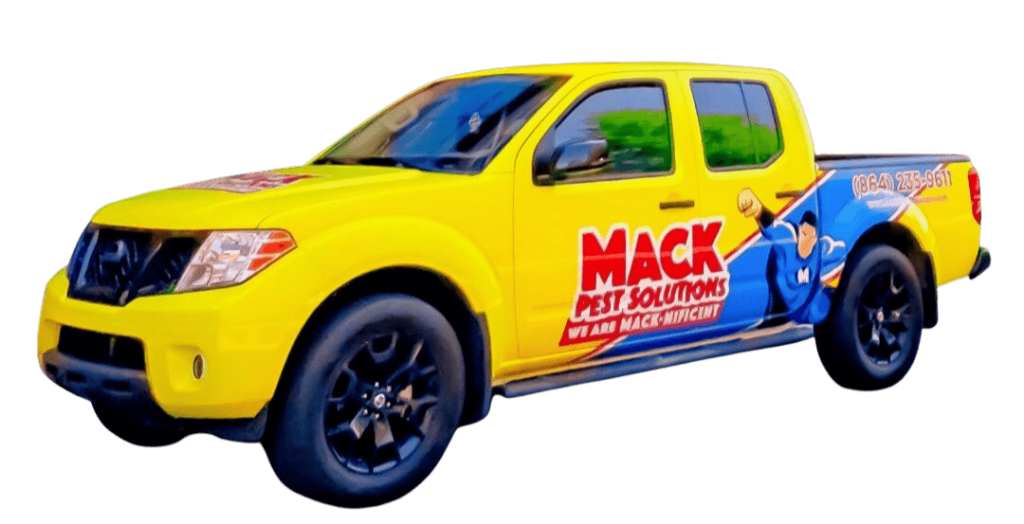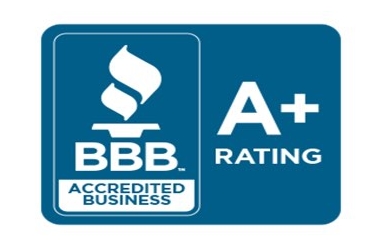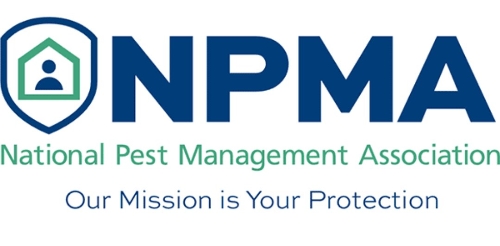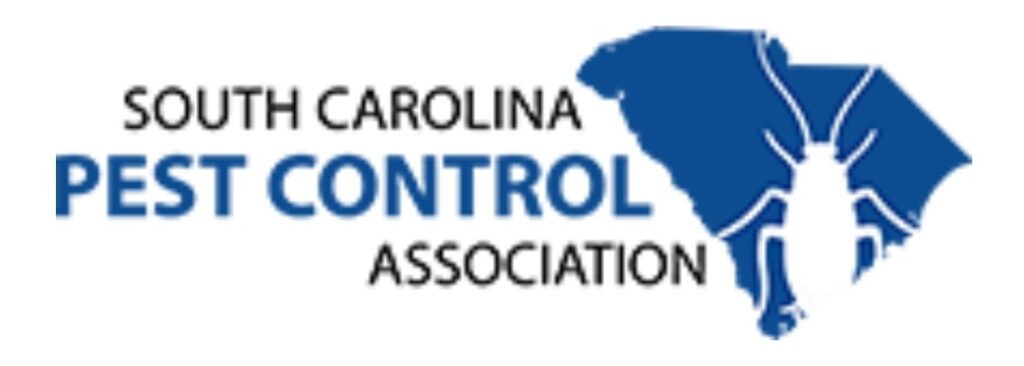In this in-depth article, you’re about to embark on a journey into the world of termites – those dreaded, wood-destroying critters that don’t crash the party; they bring it down, literally. We’ll delve into the nooks and crannies of what exactly draws these elusive insects to your slice of heaven and turn it into their banquet.
Termites aren’t just looking for food; they’re also seeking shelter, moisture, and the perfect breeding ground. Understanding these factors is the key to prevention and the first step towards safeguarding your home from a termite takeover. Let’s get to it—your home’s integrity might depend on the secrets we will unveil.
What are the primary factors that attract termites to a home?
Termites are not finicky guests—they look for simple things when considering your home for their next residence: food, moisture, shelter, and perfect breeding conditions. While there’s an extensive menu of attractions for these critters, here are the main factors that might turn your home into termite territory:
- Food Sources: Termites feast on cellulose, a wood and plant matter component. Homes with abundant food sources, like stacks of firewood, wood mulch, or untreated lumber, are prime real estate for termites.
- Moisture: These little destroyers need moisture to survive. Poor drainage, leaky pipes, or any water-damaged wood are like open-ended invitations.
- Contact with Soil: Many types of termites, especially underground ones, live in the soil and can infiltrate your home through wood that comes in direct contact with the ground.
- Warmth and Darkness: Termites thrive in warm, dark environments which provide ideal conditions for them to live, work, and reproduce.
Understanding what brings termites to the threshold can help homeowners adjust their property’s defenses. Keep reading to learn about specific attractions and what you can do to deter these unwelcome house hunters.
How does wood type influence termite infestation?
When it comes to wood, termites aren’t too picky, but they do have their preferences—which can influence how quickly and intensely they infest your home. Here’s an overview of how wood types can impact termite interest:
- Softwoods: Termites usually prefer softwoods like pine, spruce, and cedar. These softer materials are more accessible for termites to chew through.
- Hardwoods: Hardwoods are more challenging for termites to consume but are not immune. Termites can still invade hardwoods, especially if there’s existing decay from fungus or moisture.
- Treated vs. Untreated: Wood that has been pressure-treated with chemicals is less appealing to termites because the treatment can deter or kill them. Untreated wood, on the other hand, doesn’t have this protective barrier.
- Decomposed or Damaged Wood: Any wood, regardless of type, that is decayed or water-damaged is like gourmet food for termites. They can more easily consume and infest damaged wood.
By selecting the appropriate wood types and ensuring proper treatment and maintenance, homeowners can reduce the likelihood of a termite feast in their house’s framework.
Can moisture levels in a home lead to termite problems?
Moisture is like a magnet for termites—it attracts them and provides the necessary environment for their colonies to thrive. Elevated moisture levels can occur due to a variety of reasons, turning your home into a termite paradise:
- Leaky Pipes and Fixtures: Water from leaks accumulates and saturates the wood, attracting termites to the moisture-rich buffet.
- Poor Drainage: Poorly directed gutters and downspouts can cause water to pool near your foundation, creating ideal conditions for subterranean termites.
- Condensation: In areas where condensation regularly occurs, like in poorly ventilated crawl spaces or attics, moisture piles up, luring termites in search of damp wood.
- Climate: Homes in humid regions naturally face higher moisture levels, which can lead to greater susceptibility to termite infestations.
Balancing the moisture levels in and around your home is paramount in termite prevention. Regular inspections and maintenance can help keep these pests at bay.
Are there landscape or garden practices that increase termite risk?
Homeowners’ gardening and landscaping practices can unwittingly roll out the red carpet for termites, impacting the risk of infestation:
- Wood Mulch: Using wood mulch near the foundation is like setting up a termite snack bar. It retains moisture and provides a direct pathway to the home.
- Plants Close to Structure: Dense vegetation or climbing plants against the house can trap moisture and conceal termite activity until it’s too late.
- Tree Stumps and Deadwood: Forgotten stumps or piles of dead branches are termite hotspots that can serve as a launchpad to your home if close enough.
- Irrigation: Over-irrigating your garden can create pockets of excess moisture, especially if water pools near the home’s foundation.
Smart landscaping decisions and vigilant garden maintenance can turn your home’s surroundings from termite-friendly to termite-frightening.
How do cracks and openings in the home’s structure contribute to infestations?
Even the tiniest crack in your home’s exterior can act as a VIP entrance for termites. These gaps provide a pathway into your home and can include:
- Foundation Cracks: Subterranean termites often enter through cracks in the foundation, finding their way up into the wooden parts of the structure.
- Gaps around Pipes and Cables: Openings created for utility lines can be exploited by termites to gain access.
- Window and Door Frames: If not properly sealed, these can offer easy entry points for winged termites seeking new locations to colonize.
- Roof Vents: If not properly screened, they can be the perfect entryway for termites.
Sealing cracks and openings is a simple yet effective defense against termite intrusion. Regular inspections and repairs are essential.
Does local climate have an impact on termite activity?
Climate plays a significant role in termite activity and the likelihood of infestation. Different termite species are attracted to specific climates:
- Warm Climates: Termites are more active year-round in warmer regions, resulting in longer breeding seasons and greater risk of infestation.
- Temperate Climates: In areas with distinct seasons, termites tend to be most active during the warm months, and infestations can occur when temperatures rise.
- Rainfall Levels: Regions with high levels of rainfall can increase soil moisture, making them more attractive for subterranean termites.
Knowing how the local climate influences termite behavior can help homeowners take timely preventative measures.
Can previous termite activity in a home lead to recurring issues?
A history of termites in a home can be a harbinger of future problems. Even after treatment, the following conditions can persist, making a home susceptible to reinvasion:
- Remaining Colony Members: Not all termites may be eradicated during treatment, leaving the potential for the colony to regroup and rebound.
- Structural Vulnerabilities: Past termite damage can weaken structures and create more entry points for new termites.
- Attractiveness to New Colonies: Previous infestations can leave behind scent trails that can attract new termite colonies.
To prevent resurgence, ongoing monitoring and maintenance are crucial for homes with a history of termite issues.
How does soil type and condition affect termite presence?
The type and condition of the soil surrounding a home can be a deciding factor in whether termites will call it home:
- Loamy Soil: Rich in moisture and easy to navigate, loamy soil can be particularly inviting for subterranean termites.
- Clay Soil: While it can be protective due to its density, if it cracks during dry conditions, it can provide pathways for termites to enter.
- Sandy Soil: Especially near the foundation, sandy soil can facilitate termite entry as it’s easy for them to tunnel through.
Managing soil health and ensuring proper barriers can help reduce the risk of termite attraction.
Do home-building materials affect the likelihood of termite infestation?
The materials used in the construction of your home can impact its vulnerability to termites:
- Wood: The traditional wood-framed home is most susceptible to termite infestations.
- Brick and Masonry: While termites don’t eat brick, they can enter through mortar joints or cracks.
- Metal Framing: Less common, but metal-framed homes are least susceptible since termites can’t eat through metal.
Choosing termite-resistant materials and construction methods can provide long-term protection against these pests.
Can indoor temperature and humidity levels attract termites?
Indoor environments with high humidity and warm temperatures provide the perfect living conditions for termites:
- High Humidity: Creates moisture-laden wood, which is prime real estate for termites.
- Warm Temperatures: Termites thrive in warmth, which speeds up their metabolism and breeding cycles.
Homeowners can combat these conditions with dehumidifiers and good ventilation, making interiors less inviting for termites.
Ensuring Your Home Stays Termite-Free
Throughout this guide, we’ve excavated the subtleties that make your home a potential haven for termites and explored various strategies to stave off their unwelcome advances. The battle against termites isn’t won by a single act but through continuous vigilance, encompassing everything from choice of building materials and moisture management to landscaping practices and climate considerations.
Your home is more than a structure; it’s a sanctuary for you and your loved ones. By staying informed and proactive, you can outsmart termites and preserve your abode’s sanctity for years. Remember, the best defense is a good offense. For further information on termite prevention or if you suspect an infestation, don’t hesitate to contact a professional pest control service. Safeguard your home—take action today to ensure your peace of mind tomorrow.



